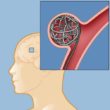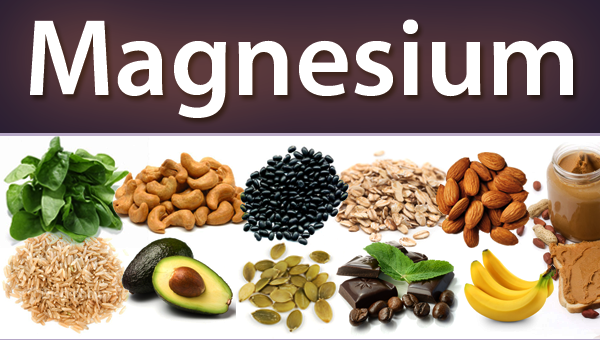Magnesium can be found naturally in your body. In fact, it’s the fourth most abundant mineral your body has, with as many as half of its amount found in your bones. Sadly, experts say that up to 80 percent of people in the US have magnesium deficiency and they may be not aware of it!
The truth is so many bodily functions require magnesium in order for them to be carried out. It is exactly for this reason why you may easily end up deficient in the said mineral. This is especially true if you are not including sufficient amounts of magnesium-rich foods in your diet.
Fortunately, there are numerous excellent food sources of magnesium — fruits, vegetables and even dark chocolate that everybody can’t say no to! Serving them on the table on a regular basis helps ensure that your body is getting good amounts of magnesium, thus warding off various problems associated with its deficiency.
Before we discuss some of the foods that contain impressive amounts of magnesium, let us first take a look at some of the reasons why the said mineral is very important. Here they are:
• It regulates your blood pressure. Having high blood pressure is a no-no because it can damage various organs of yours in the long run. Also, it puts you at high risk of having heart disease, heart attack and stroke.
• It promotes a healthy nervous system. Did you know that not getting enough magnesium makes you more susceptible to stress? Anxiety is a condition that can be linked to magnesium deficiency.
• It controls blood sugar. Studies had shown that individuals who take good amounts of magnesium had lower chances of having high blood sugar levels as well as diabetes.
• It is responsible for energy production. Are you feeling tired and weak all the time? You may need to include more magnesium-rich foods in the diet for energy metabolism. The mineral is ideal for chronic fatigue sufferers.
• It contributes to neurotransmitter release. A neurotransmitter is a chemical necessary for nerve cell communication. Cramps, seizures, and tingling or burning sensation are symptoms of magnesium deficiency.
• It helps ward off osteoporosis. Aside from calcium, you also need to supply your body with magnesium for strong bones. The mineral helps reduce your odds of ending up with osteoporosis.
As you can see, it’s virtually impossible for you to remain in the pink of health if you’re not getting enough magnesium. If you’re wondering how much magnesium you should have per day, take a look at this chart:
AGE MALE (mg per day) FEMALE (mg per day)
1 to 3 years old 80 80
4 to 8 years old 130 130
9 to 13 years old 240 240
14 to 18 years old 410 360
19 to 30 years old 400 310
31 years old and above 420 320
Unless recommended by a doctor, supplementing with magnesium is not really necessary for as long as you are consuming foods with the said mineral on a regular basis. Here are some of the foods that you should add to your daily diet if you want to keep at bay magnesium deficiency and the various health problems it brings:
• Spinach. A cup of cooked spinach supplies your body with 157 mg of magnesium.
• Chard. You can get as much as 154 mg of magnesium in a cup of cooked chard.
• Pumpkin seeds. Every 1/8-cup serving of pumpkin seeds yields 92 mg of magnesium.
• Yogurt. Enjoy a cup of yogurt to obtain 50 mg of magnesium.
• Almonds. A cup of almonds allows you to obtain 80 mg of magnesium.
• Black beans. There are 60 mg of magnesium in every cup of cooked black beans.
• Avocado. A medium-sized avocado yields up to 58 mg of magnesium.
• Bananas. Supply your body with 32 mg of magnesium by eating a medium-sized banana.
• Dark chocolate. Did you know that a small square of dark chocolate packs 95 mg of magnesium?












